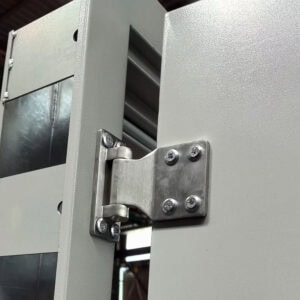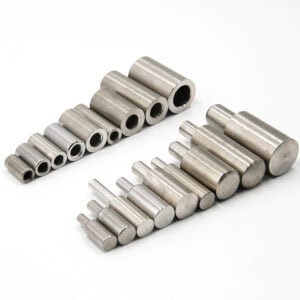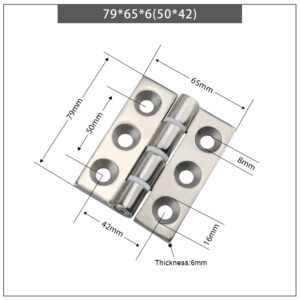In the vast world of transport logistics, ensuring the safety and functionality of semi-trailers is paramount. One often overlooked yet essential component of this is the door hinge. Like any mechanical piece, it has evolved, diversified, and specialized, leading to a range of options for different needs.
Semi-trailers employ a variety of door hinges tailored to specific needs, ensuring safety and smooth functionality. Butterfly and strap hinges are popular for their strength and reliability, while continuous hinges provide even weight distribution for frequent usage. Barrel and T-hinges combine durability with aesthetics. Additionally, pivot hinges offer flexibility in movement, and friction hinges resist external forces, ensuring door stability. Concealed hinges give trailers a sleek appearance without visible hardware, making them both functional and visually appealing.
Selecting the right hinge type is vital, not only for the smooth operation of the trailer door but also for enhancing the trailer’s longevity and reducing maintenance costs. Let’s delve deeper into the varieties available and shed light on their distinct attributes.
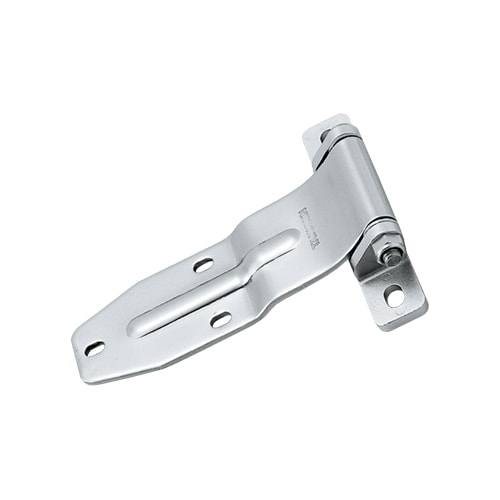
Butterfly Hinges
Butterfly hinges, named due to their unique shape resembling a butterfly’s wings, are commonly used for semi-trailer doors. They offer a combination of strength and aesthetic appeal. Made from durable metals, butterfly hinges provide a stable pivot point, allowing the door to swing open and shut with ease.
The design of butterfly hinges ensures that the weight of the door is evenly distributed, thereby reducing stress on individual points. Their widespread use can be attributed to their reliability and ease of installation.
Strap Hinges
Strap hinges are characterized by their long, flat design. They are typically made of heavy-duty metal, ensuring durability and the ability to support larger doors. Given their design, strap hinges offer a greater surface area for attachment, providing enhanced stability.
These hinges are favored for their simplistic design and high weight-bearing capacity. Strap hinges are particularly suitable for larger semi-trailers that require robust hinges to support heavy doors.
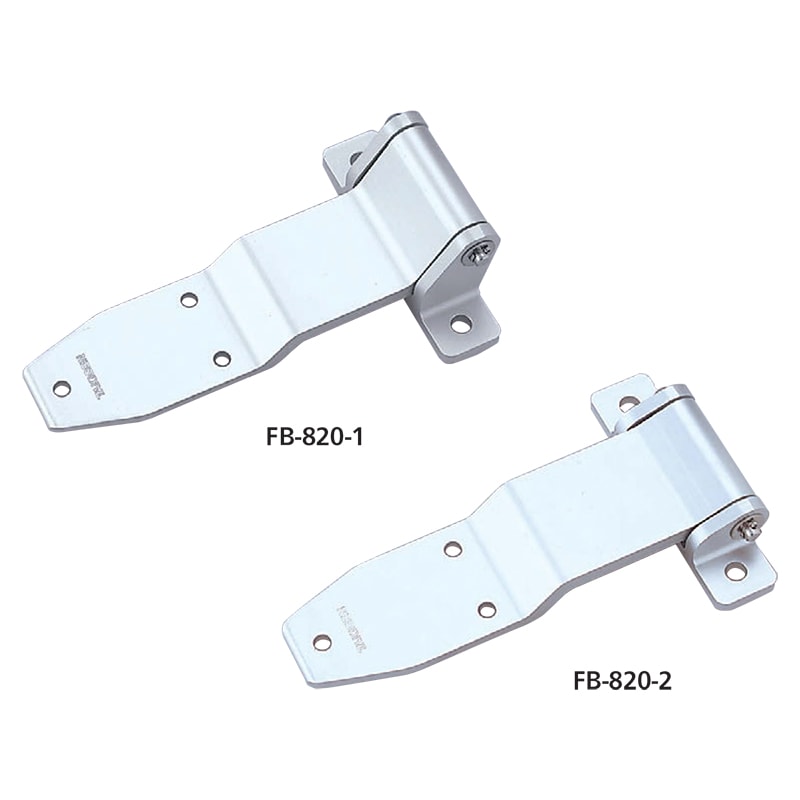
Continuous Hinges
Continuous hinges, also known as piano hinges, run the entire length of the door. This design ensures that the door’s weight is distributed evenly across the hinge, providing increased stability and reduced wear and tear.
Made of a series of interconnected loops, continuous hinges allow for smooth and seamless door operation. They are ideal for semi-trailers that undergo frequent loading and unloading, as the even weight distribution minimizes the chances of hinge failure.
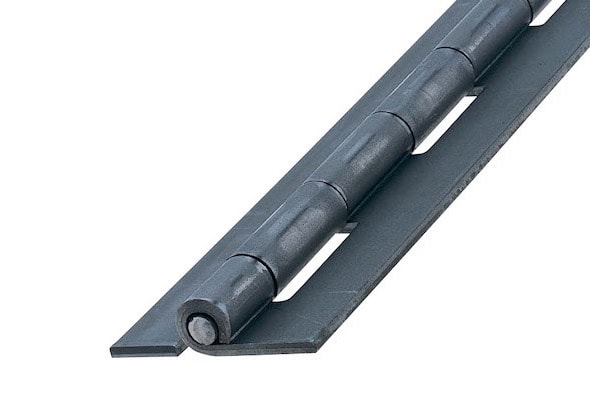
Barrel Hinges
Barrel hinges are cylindrical in shape, resembling a barrel. These hinges are compact and designed to fit into the door and the frame, making them virtually invisible when the door is closed.
Given their design, barrel hinges are often chosen for semi-trailers that require a clean, unobtrusive look. They offer a good balance between aesthetics and functionality, ensuring smooth door operation without compromising on appearance.
T-Hinges
T-hinges get their name from their shape, which resembles the letter “T”. These hinges consist of a long strap and a narrow section, providing support to the door. They are known for their strength and are commonly used in scenarios where durability is paramount.
The T-shape design allows for effective weight distribution, making them suitable for semi-trailers with heavy doors. Their robust construction ensures they remain functional over prolonged periods, even with frequent door operations.
Pivot Hinges
Pivot hinges, as the name suggests, allow the door to pivot from a single point. These hinges are mounted at the top and bottom of the door, enabling it to swing open in both directions.
Pivot hinges are often chosen for their flexibility. They are especially useful for semi-trailers that operate in confined spaces where doors need to swing in multiple directions to facilitate easy loading and unloading.
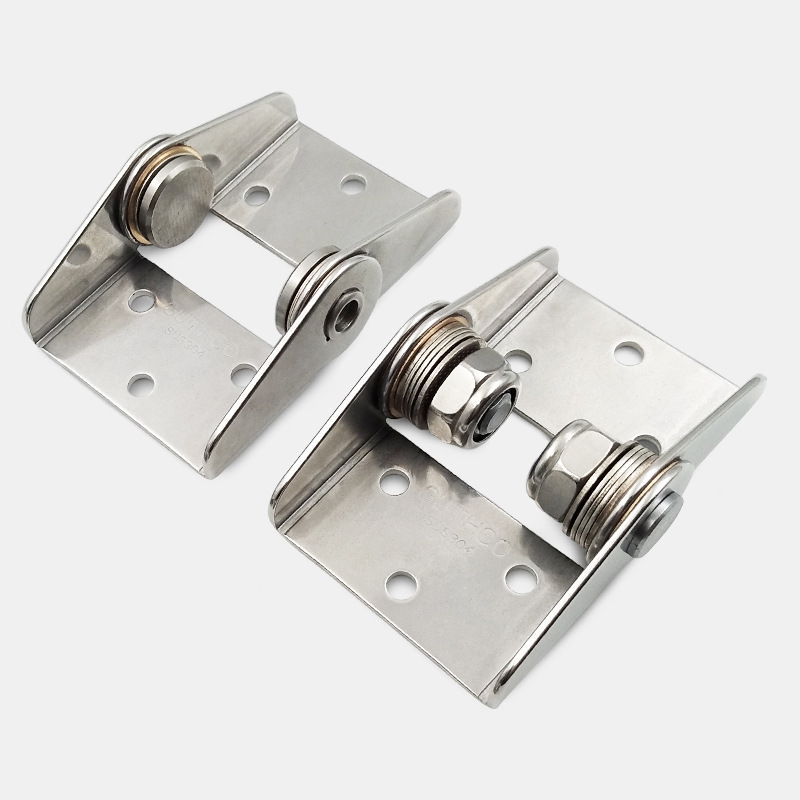
Friction Hinges
Friction hinges are designed to stay put in any position without the need for an additional mechanism to hold them in place. This feature makes them particularly useful for semi-trailers that operate in windy conditions, as the door remains in the desired position without being affected by external forces.
The resistance provided by friction hinges ensures that the door stays open or closed as required, enhancing safety and convenience during operations.
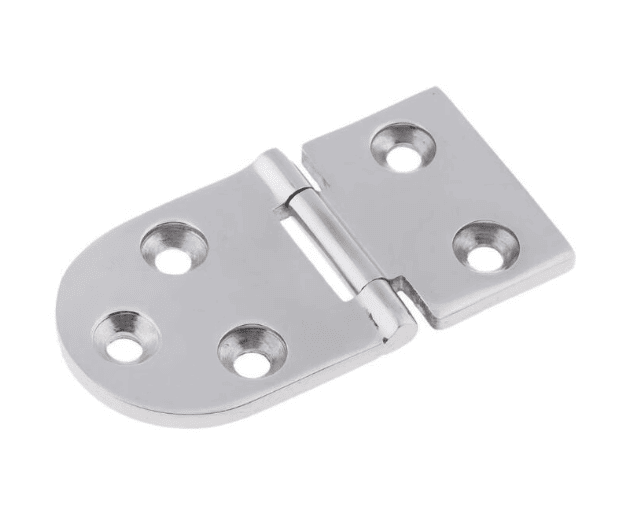
Concealed Hinges
Concealed hinges, as the name implies, remain hidden when the door is closed. They are designed to fit within the door frame, providing a sleek appearance without any visible hardware.
Apart from aesthetics, concealed hinges also offer the advantage of being protected from external elements, thereby reducing wear and tear. They are ideal for semi-trailers that prioritize a clean look without compromising on functionality.
Conclusion
Semi-trailer door hinges are more than mere connectors; they are instrumental in ensuring the safe and efficient operation of the trailer. Understanding the types available and their unique attributes can aid in selecting the perfect hinge for specific requirements, ensuring longevity, functionality, and reduced maintenance costs.
You might also be interested:

